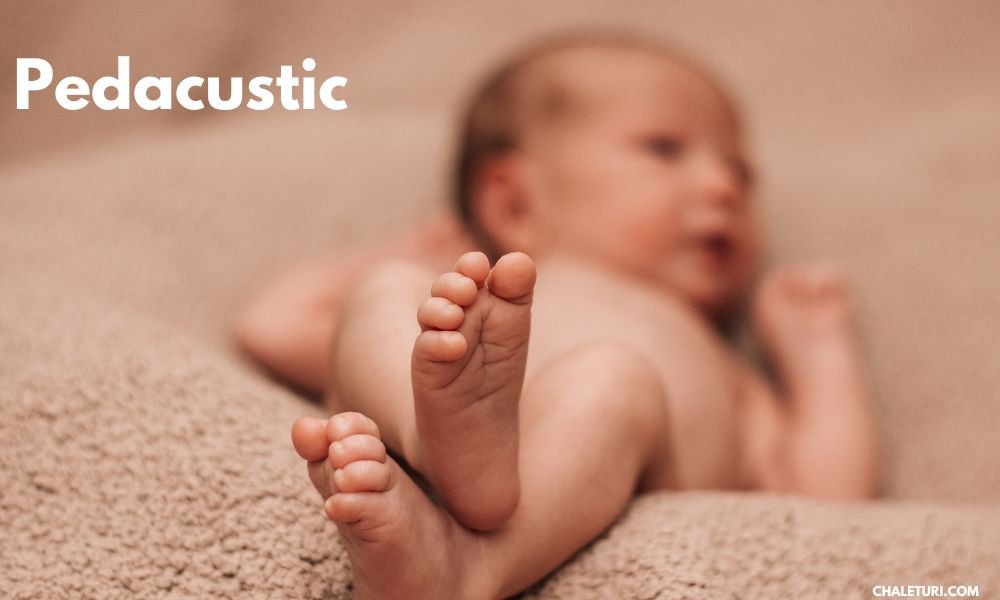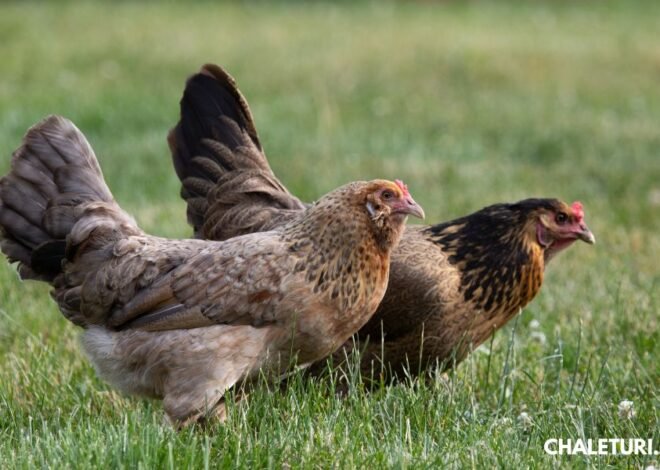Pedacustic is an invitation to the world in which more than one may normally accept that there is never time to stop and listen to everything patiently. Pedacustic makes all of us pay attention to the details, as it is in every creation. Life has a sound that is mostly not heard. According to this practice, the sight and sound artistic representations combine to create feelings from a different perception of the space around oneself.
In pedacustic the word “peda” generally stands for feet, the term ‘acoustic’ deals with sound. It is how sound is transmitted through the foot by silent locomotion without shoes. This post shall provide you with the scientific background to pedacustic, the importance, the negative and the positive sides, and the practical information of how to take this practice.
Introduction to Pedacustic
Let’s pretend we are walking on a sandy beach or a grassy field. Instead of just a passive experience like the earth touching one’s feet, there’s an active engagement: hearing the earth through one’s feet. In every sense, encaustics is a very deep sensation.
The term pedacustic is a portmanteau formed of the word ‘peda’ meaning feet and ‘acoustics’ meaning sound which shows the difference in approach. The technique is meant to bring sensory information in to strengthen the perception of the surroundings.
This concept isn’t simply about hearing but enriching one’s perception of nature. It is a call to explore the world as one is, with every step motion taken sustainably.
The Science Behind Pedacustic
Sensory Capabilities of the Feet
Human body detectors or sensors are primarily found in the feet, whose insides are just like bull eyes with numerous nervy tips that are sensitive even to the slightest and lightest pressure and soothing vibrations. This sensation allows the feet to pick up pulsation, meaning that movement will not only reach certain areas but it is going to bring an adventure, too.
The feet comprehend rhythmic shaking in the same manner that the ears distinguish sound waves. This rather irrelevant and minute phenomenon makes it possible for such a prolonged contact, during which the individual is aware of the ear and the movement of the ground, too.
In the absence of shoes, members of the instinct are usually more careful and observe how the foot lies on different surfaces, namely their texture and thermal properties. You can also feel this added to what you see, and it further enhances your awareness.
Practical Examples
The very act of walking on different surfaces should help you understand the concept of pedacustic. It must be compared to when one walks on the warm sand and feels the sand particles moving with the slightest wind on the skin. You will experience the marching of the feet along with the alternates in the inflow and outflow of the sea.
On wooden flooring, for instance, in case anyone is moving about, there should be a thump that emanates as if the ‘steps’ being taken were inwards where the body and or personnel’s aid are from. This tension between sight and touch also underlines every interaction between man and the setting.
It does not make a difference whether it is grass or gravel, even concrete. Each and every one of such surfaces will in due course within one’s expectation tired of a particular set of sounds and sounds.
Cultural Significance of Pedacustic
Indigenous Practices
Over time, Indigenous people have become aware of the idea of walking barefoot and its benefits to one’s connection to nature. Practicing shoeless walking has also been said to deepen the impact on individuals’ awareness regarding the spirit.
Going without shoes was usually regarded as a religious custom which was beneficial to both body and soul. It enabled individuals to connect with the forces and cadence of the earth and helped in appreciating nature.
These practices have long been abandoned, but as we incorporate pedacustic, we can relearn some old ways and restore our reverence for nature.
Modern Movements
Lately, “earthing” and “grounding” have emerged as contemporary movements that align with the pedacustic philosophy. Such proponents also recommend physical contact with the earth for a better body and mind.
Denver, Carolyn, and Ellen have already elaborated on quite a few such practices to further their cause, pedantic being one of them. We can understand and feel life much more deeply by feeling the landscape through our feet and by being barefoot.
Such encouraging us are eclectic in a way where high velocity is urged externally, but not essentially, and at the same, even more aesthetically pleasing a sense of anticlimax can embody.
Benefits of Pedacustic
Enhanced Awareness and Connection with Nature
One of the foremost advantages of pedantic is the amplification of sensory perception. Removing your footwear makes you more alert and willing to interact with the environment appropriately.
In this manner of listening, you become immersed in the warmth of the land both physically and emotionally. This enhanced focus leads to a better understanding of nature’s wonders.
Continued training at pedacustic does provide a tremendous enhancement of feelings of oneness with nature, which adds to a person’s well-being.
Mindfulness and Relaxation
During the pedacustic practice, Fall discovers a different facet of mindfulness. It helps stay conscious of and within the limits of each movement and all the emotions associated with it. It is beautiful for focusing one’s attention, relieving one’s stress, and promoting relaxation.
Interestingly, I must say, such a state where everything else is exiled and all the focus is only on the feet and their inner or outer sound makes one appreciate just the functionality of the act of ambulation. It also enhances balance and health.
Moreover, the pedacustic practice in this case also means performing the steps in a very straightforward and monotonic way. This practice enables the person to focus on the body and the surroundings.
Tuning into Natural Rhythms
Exploring her at home and selecting places outside is another impression of being with her. Regardless of age, this one seems quite familiar to the wind when gently rocking tiny branchy trees or the noise created by birds tweeting.
When people are foot listening, this kind of sound and vibrations comes to you faster than you think possible. I believe this focus improves recognition of presumably every existing sound on this planet, if any.
A more sound understanding of the surrounding world and oneself is often accompanied by the rhythms. This, in turn, allows a person to be quiet and be in better shape.
How to Experience Pedacustic
Choosing the Right Environment
When you want to fully base yourself in a pedacustic experience, look for the environment that provides varying natural sounds and textures. Parks, beaches, and forest trails are most suitable for this practice.
Choose places that appeal to you because the quality of your experience will automatically be enhanced since you have emotional ties to the environment. Each place has its sound, which also needs to be explored.
Think about the favorite places you can return to many times and would want to understand and relate to the natural tempo over there.
Walking Techniques
Mindful movement is incorporative learning on how to apply pedacustic. Every step should be thoroughly analyzed including the soles of the feet, the sensations they make and the motion made. Use the ground as though there is something you are trying to hear through your skin.
The nature of movement dictates the kind of sound that it brings. Be attentive to the texture of gravel, sand, grass, leaves, and their sounds as they are trampled upon. Each surface has its specific movement defined by minor vibration.
Try to sort those criteria out and focus on different structures available in your body in correspondence to the impression you got from the earth.
Listening with Your Feet
Listening with your feet is more than just touching the ground; it involves feeling the ground up, the vibrations and sounds that come to bear in the duration of the exercise. This process is more about being present and soft.
Try to get into the shoes of the artist and explore every detail of the work in order to incorporate the feeling in oneself. Bring the earth beneath your feet into the body.
Bringing focus onto these subtle frequencies allows enriching one’s senses and adding an extra layer of connection to places.
Regular Practice
Step two of the pedacustic treatment involves determining how often one should undertake this therapy. Regular practice helps expand sensitivity and explore the depths of nature.
Reallocate a certain number of hours a week to walk on various types of ground and use various types of surfaces for therapeutic purposes. Gradually, this practice will transform from an effort to a pleasurable part of your daily schedule.
Together with pedacustic, endeavoring to deepen the connection to the earth will bring about the benefits of self-awareness and wellness.
Conclusion
Pedacustic provides an innovative and delightful mode of interaction with nature. Through listening with your feet, one is able to engage with the world on a deeper, more personal level.
This practice enhances inner focus, stillness, and alertness to the soundscape that surrounds us. It calls us to practice some restraint, focus on the current moment, and enjoy all the things around us.
If you want more awareness of your senses, looking for stress relief, or you simply wish to experience nature in a new way, spending time pedacustic will enhance you in all of these ways. Take this extraordinary experience that will engage your senses like never before and find music in nature, at your feet.




